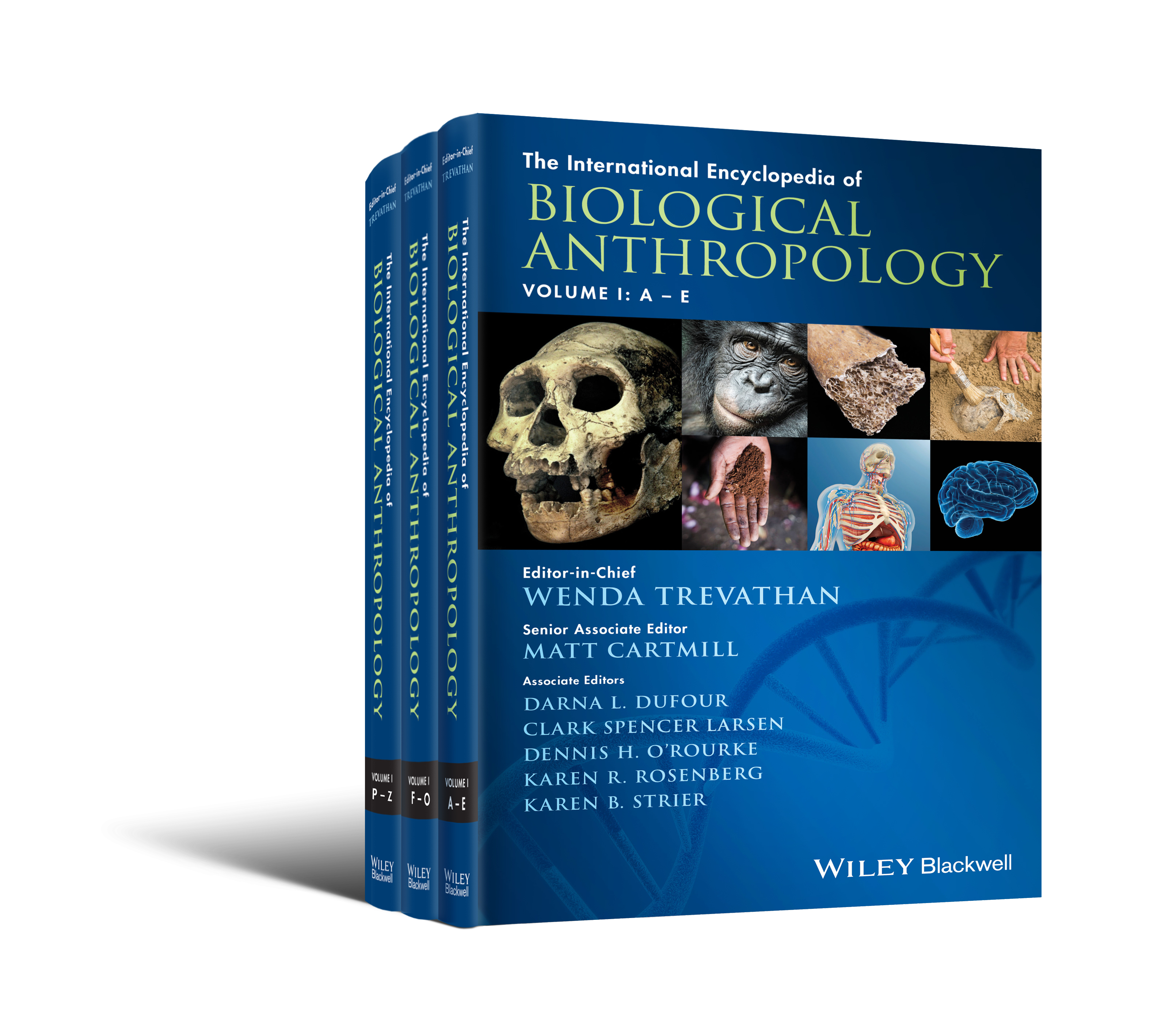Anthropoidea: conceptual history
Abstract
The fact that apes and monkeys have some human-like qualities has been recognized by Western scholars since at least the time of ancient Greece, and the similarities were certainly evident long before then to anyone who had ever encountered an “anthropoid” primate. During the centuries between the time of Aristotle and Darwin, scholars documented numerous detailed morphological resemblances of humans to other primates, particularly the apes, but humans were considered apart from other primates because they were in possession of a soul. Thomas Henry Huxley was among the first to argue that humans were not biologically “special” with regard to the other apes, and therefore humans and apes should be classified together. This position was then formalized by St. George Mivart in 1864, when he gave the name, “Anthropoidea” to the primates with distinctly “humanlike” features, that is, monkeys, apes, and humans. Since that time, the concept of Anthropoidea has remained relatively stable, particularly for the living forms. However, new knowledge from the paleontological record, genomics, enhanced imaging capabilities, and shifts in larger scientific paradigms have sometimes altered views on the place of anthropoids within Primates, and which fossil taxa should be included in the group.



